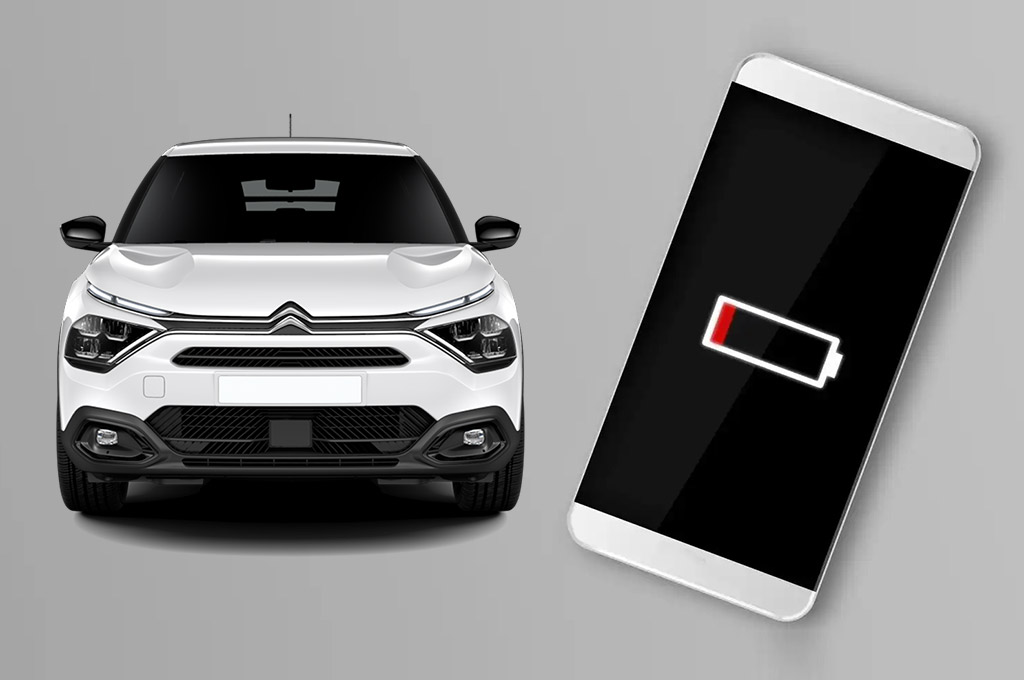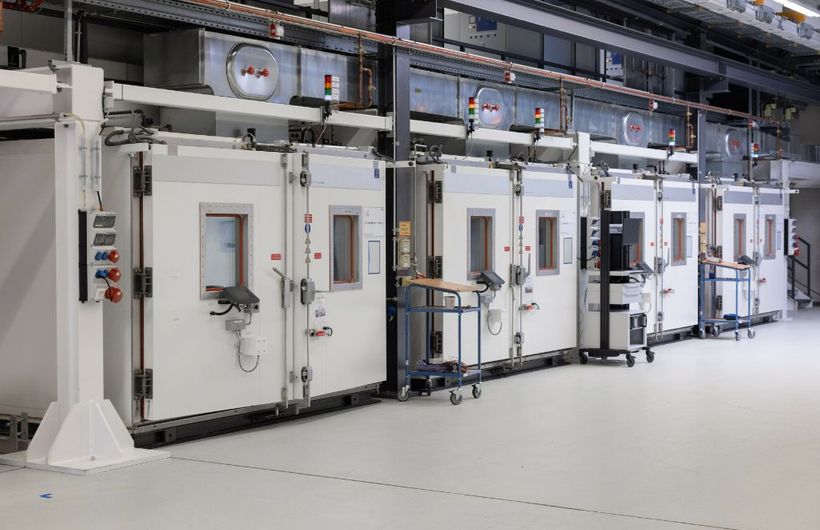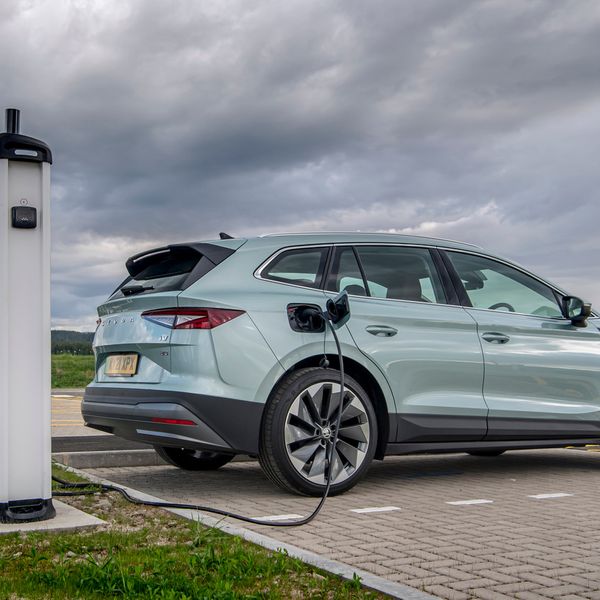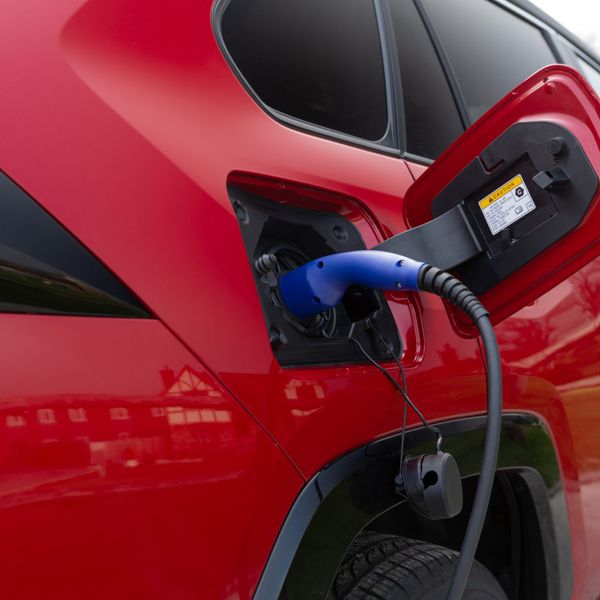One of the most commonly asked questions we receive at Electrifying.com is ‘when will I need to replace the battery in my electric car?’. On the face of it, this sounds a very sensible query. After all, battery packs are enormously expensive parts of electric cars and most of us can barely keep a mobile phone alive for more than three years. Factor in a regular feed of headline-grabbing horror stories from the click-hungry mainstream media and you can understand why so many buyers assume that they’ll be faced with a battery replacement bill during their period of ownership.
If you really can’t be bothered to read to the end of this article, here’s the short answer: you will (almost certainly) never have to replace the battery in your electric car. Battery packs are the most over-engineered, pampered and protected parts of any electric car. They are fitted with so many fail-safes and management systems that they have the potential to comfortably outlast the rest of the car.
Electric car batteries and mobile phone batteries are NOT the same
Mobile phones have lithium ion batteries. So do electric cars. And that’s pretty much where the similarities end. Comparing the two is understandable, but it doesn’t tell you the full picture. Mobile phone batteries (which are a single cell) are made to deliver maximum power for minimal cost. They have no heat protection and get charged every night. Mobile phone batteries and designed and engineered to endure around 500 charge cycles before the performance starts to deteriorate. Mobile phone makers assume that after 500 cycles, you’ve either dropped it down the toilet, smashed the screen or been tempted into buying a better one.
An electric car battery is made up of multiple cells. A Citroen ë-C4, for example, has a pack that contains 216 cells - all of which are built to automotive grade rather than consumer grade as you’ll find in a phone. Each one of those cells sits within a pouch that has a water cooled jacket that keeps it in the ‘goldilocks’ zone. No matter how you drive, the battery’s management system ensures that each and every cell operates at the perfect temperature.
In an electric car battery, not all the cells are pressed into action. You may have noticed that car makers quote two capacities when it comes to batteries, net and gross or usable and total. The reason for this is battery health. Lithium ion batteries hate two things more than anything else: being empty and being completely full. Both can damage the chemistry of the pack. To prevent this, car makers allocate a buffer amount – a percentage of the battery that is only there to protect it. When your battery display shows empty or full, it’s actually neither.

Batteries are lasting WAY longer than even the experts thought
When the first mass market electric cars first arrived just over 10 years ago, car makers were a little nervous about how long they could last. Although manufacturers went to great lengths to test packs to destruction with multiple charge and discharge cycles (far more than cars are ever likely to have), nobody quite knew what to expect over the course of time.
Today, any concerns about longevity have long since been dispelled. Although early cars such as the Nissan Leaf had fairly primitive battery management systems, battery degradation has been much lower than predicted. In a 2022 interview with Forbes, Nic Thomas, Nissan’s marketing director for the UK, said “Almost all of the [EV] batteries we’ve ever made are still in cars, and we’ve been selling electric cars for 12 years. We haven’t got a great big stock of batteries that we can convert into something else,” he added. “It’s the complete opposite of what people feared when we first launched EVs — that the batteries would only last a short time.”
Today’s battery packs are significantly more advanced than those fitted to early cars. Not only are the materials used of higher quality, the management systems have improved immeasurably. An early Nissan Leaf battery, for example, had no cooling or heating system whatsoever and relied on fresh air to keep it cool. A car like a Citroen ë-C4 comes with an integrated liquid cooling system as standard to maintain the pack’s health at all times.
Manufacturers don’t want the hassle. Or the cost.
Car makers know that buyers are wary of battery technology, which is why you’ll always find that the battery packs have much longer warranties on them than the rest of the car. Citroën electric cars, for example, come with a warranty that guarantees 70% battery capacity for 100,000 miles or eight years. That warranty is fully transferrable and stays with the car. So even if you buy a three-year old car, the battery still has five years of warranty on it.
You might wonder how manufacturers can be so confident. The simple answer is because they know how robust modern battery packs are. Last year, we visited Audi’s battery research and development hub in Germany - effectively a torture chamber for batteries. As part of the testing phase technicians blast the packs with high levels of charge to replicate the worst possible scenarios. The tests run day and night until the packs have completed the equivalent of 300,000kms or 15 years of high mileage driving. Only when the packs have survived this process do they go onto the next stage of development. It’s this kind of destruction testing that allows car makers to offer extended warranties with confidence.

And if the worst should happen.
Battery failures are incredibly rare, but as with all manufactured things, they can go wrong. If you electric car battery does go sick, it’s unlikely that the manufacturer will need to replace the whole pack. Although individual cells can’t be replaced, a battery pack is made up of modules or pouches that contain a set of cells. These can be swapped out like Lego bricks to fix any issues. The same approach is taken if your car’s battery suffers damage in an accident.
 Battery packs are made up of individual modules that can be changed in the event of a fault
Battery packs are made up of individual modules that can be changed in the event of a fault 










